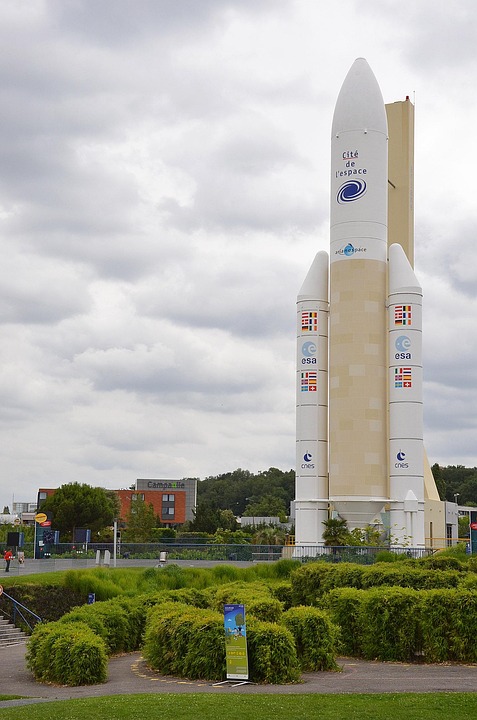Title: Metaverse Gaming and Education Opportunities: Redefining Interaction and Learning in the Digital Age
Introduction
The metaverse, a term that once belonged to science fiction, is now a tangible frontier reshaping how we play, learn, and connect. Envisioned as a persistent, immersive 3D virtual space where users can interact in real-time, the metaverse merges digital and physical realities through technologies like virtual reality (VR), augmented reality (AR), and blockchain. While often associated with gaming, its potential extends far beyond entertainment, offering transformative opportunities in education. This article explores how the metaverse is revolutionizing both gaming and learning, creating spaces for creativity, collaboration, and innovation.
Metaverse Gaming: A New Frontier
The metaverse is redefining gaming by turning it into a dynamic, interconnected experience. Unlike traditional games, which are often linear and isolated, metaverse games are persistent—meaning they exist continuously, evolving with user interactions. Games like Fortnite and Roblox have already demonstrated the power of virtual worlds, allowing players to attend concerts, create content, and socialize. However, the metaverse takes this further by enabling seamless transitions between different virtual environments, fostering a sense of a unified digital universe.
Immersive Experiences
With VR headsets and AR devices, players can step into fully realized virtual worlds. Imagine exploring a fantasy realm in Horizon Worlds or battling in a sci-fi landscape in Decentraland. These experiences are not just visually stunning but also sensorially rich, offering tactile feedback and spatial audio to enhance realism. The metaverse blurs the line between the physical and digital, making gaming a more engaging and lifelike activity.
Social and Collaborative Play
The metaverse emphasizes social interaction, allowing players to connect with others globally in real-time. Multiplayer games within this space enable teamwork, shared storytelling, and community-building. For instance, VRChat lets users create avatars and interact in user-generated worlds, while Valorant and Apex Legends offer competitive arenas where players strategize together. These platforms transcend cultural and geographical barriers, creating a more inclusive gaming culture.
Virtual Economies and Digital Assets
The metaverse introduces virtual economies where players can buy, sell, and trade digital assets using blockchain technology. Non-fungible tokens (NFTs) represent unique items like virtual real estate, in-game gear, or art, giving players ownership and value in these digital spaces. Games like Axie Infinity and The Sandbox have already seen thriving markets, where players earn income through gameplay. This economic model not only rewards creativity but also opens new revenue streams for developers and users alike.
Metaverse in Education: Transforming Learning
Beyond gaming, the metaverse is poised to disrupt education by creating interactive, immersive learning environments. Traditional classrooms are being reimagined as dynamic virtual spaces where students can explore, experiment, and collaborate in ways never before possible.
Virtual Classrooms and Remote Learning
The metaverse offers a solution to the limitations of remote education. Platforms like Engage and Mozilla Hubs enable virtual classrooms where students and teachers can interact as avatars. For example, the University of British Columbia has experimented with VR-based courses, allowing students to attend lectures in a 3D environment. This approach makes learning more engaging and accessible, especially for those in underserved areas.
Interactive and Experiential Learning
Immersive simulations allow students to "experience" knowledge rather than just read about it. In a virtual biology class, learners could explore the human body at a cellular level. History students might walk through ancient Rome or witness the signing of the Declaration of Independence. Such experiential learning fosters deeper understanding and retention, making abstract concepts tangible.
Specialized Training and Simulations
Industries like healthcare, engineering, and aviation are leveraging the metaverse for professional training. Medical students can practice surgeries in VR, while pilots train in realistic flight simulators. Companies like Microsoft with its Mesh platform are using AR to facilitate remote collaboration and hands-on training, reducing costs and increasing accessibility for learners worldwide.
Overcoming Challenges and Future Outlook
Despite its promise, the metaverse faces hurdles. Access to high-quality VR/AR设备 remains uneven, exacerbating the digital divide. Privacy and security concerns in virtual spaces also need addressing. Additionally, educators and developers must collaborate to create curricula and tools that maximize the metaverse’s potential without compromising learning outcomes.
However, as technology advances and becomes more affordable, these challenges are expected to diminish. The future could see hybrid learning models where students attend virtual classes alongside in-person sessions, or gaming ecosystems where players from diverse backgrounds co-create content. Governments and institutions are beginning to invest in metaverse infrastructure, signaling a shift toward mainstream adoption.
Conclusion
The metaverse is not just a buzzword—it’s a catalyst for reimagining gaming and education. By offering immersive, social, and economically vibrant spaces, it’s transforming how we engage with entertainment and knowledge. While challenges remain, the opportunities are vast: from fostering global collaboration in gaming to democratizing access to high-quality education. As this digital revolution unfolds, the metaverse could become a cornerstone of both play and learning, shaping the next era of human interaction in the virtual world.
In this evolving landscape, the key lies in embracing innovation responsibly, ensuring that the metaverse serves as a bridge to new possibilities rather than a source of inequality. Whether as gamers or learners, we stand on the edge of a future where the boundaries of reality are redefined—one that promises to be as exciting as it is transformative.







